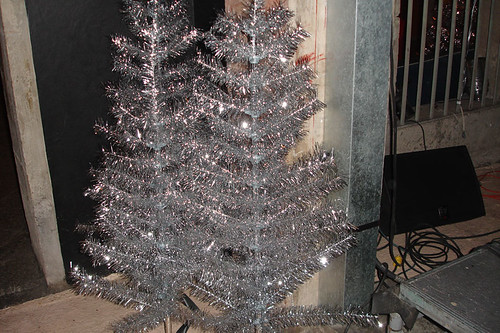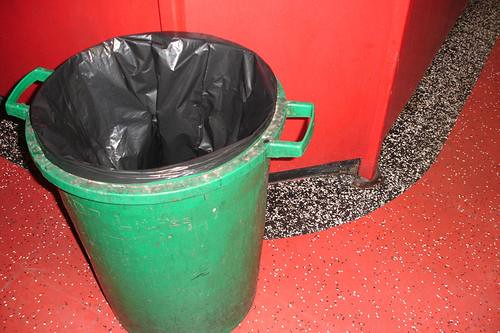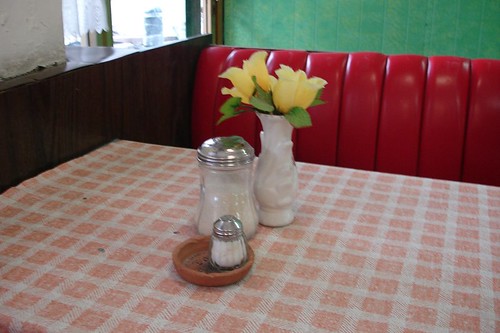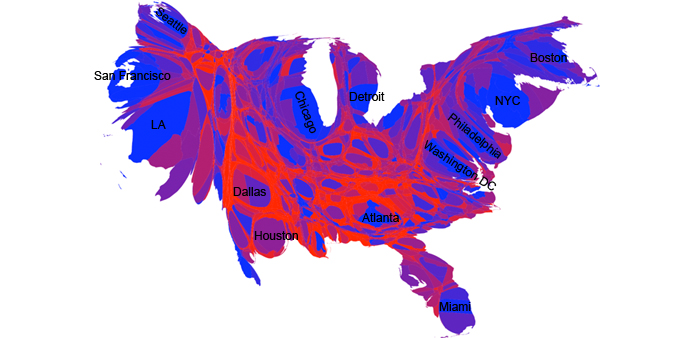
The recent New York magazine article on the former Fresh Kills landfill in Staten Island, delineating the plans and hopes for the site’s transformation into an immense park, kicks off with a false ending:
“Let’s start at the end of one story, the story of the dump, with the view from way up on top of it…”
Fresh Kills might not function as or look like a dump anymore, but that doesn’t mean the dump is gone, or that the 53 year-old, 3000 acre-wide “mistake” is finally on its way to being “corrected” (same thing with this month’s Metropolis Mag profile of the alleged future park).
At the risk of this sounding like shameless self-promotion, I want to point to a very different perspective on the whole reclamation affair presented by architect/geographer John May in a book I recently worked on. As others have already highlighted, May’s controversial take on Fresh Kills describes the trash heap as a materialization of a collective morality, a set of basic, unquestioned beliefs that sustain and make operative our everyday reality without us even noticing. May sees in Fresh Kills a frightful memento of an era based on the assumption that “freedom and accumulation are complimentary goals; the recognition that images are commodities; and an unquestioned embrace of a set of hopeful and reactive technological responses, designed to prevent massive accidents that have already happened.” He recognizes that Fresh Kills is tied to a particular development scheme, both in economic and cultural terms.

What counts for the dump, counts for the remediation and redesign of the site. May goes straight to the throat of the Fields Operation proposal for reclamation, despite all its good intentions and wishful 4-step "livingscape" program. All the capping and veiling and the sealing tight are carried out not only to elude dealing with material run-off of the waste, but also to distract from what that waste means and implies and reflects (the architects and the city want to avoid any leaks, physical or moral).
In the urbanism of Fresh Kills, before and after closure, a series of enormous corrective measures and technological “fixes” (along with minor changes in the official rhetoric) are supposed to heal and cleanse and erase the ugly from the site, leaving a landscape that can be consumed without guilt as the “wholly fantastical Photoshop collages of upper-middle clash recreational enjoyment” of the proposal demonstrate. One has a nagging sense of this whole idea of a place set back on the right track, and healing itself back to normal is something of a hoax, “a remarkably compelling lie, beautifully rendered, but a lie nonetheless.” Like people who promise to cure cancer with meditation or massages.
What is to be done then? How can we respond to these overwhelming objects we’ve spun into being and then lost grip on? Do we need to make things better, or do we need to learn from them, even if the learning process is ugly and painful? Is there any way we can do both? The same questions apply to all the vast environmental challenges we’re currently faced with, our cities included.























